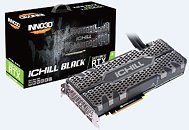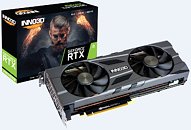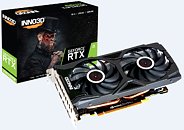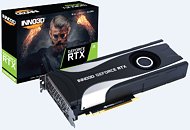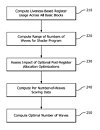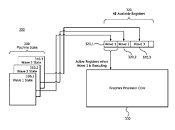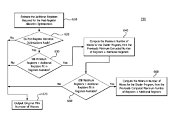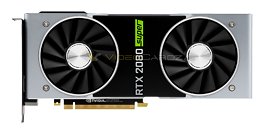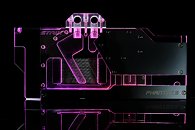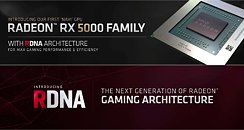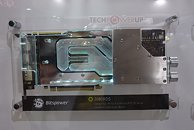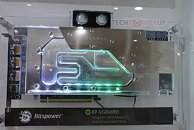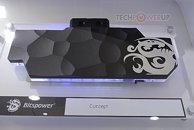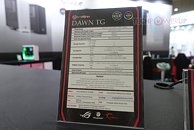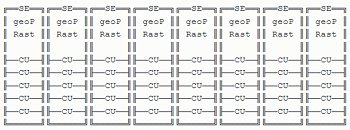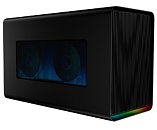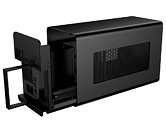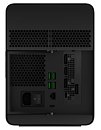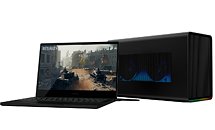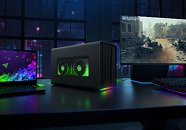Update April 4th: This post has been corrected based on new information provided by ASUS, EKWB, as well as other parties. The original story mentioned a silent change to the glue used on the PCB which, as we now believe, is no longer the case in that ASUS is not to blame.
Update April 5th: ASUS has confirmed to us that there has been no PCB change (in terms of components and their heights), it's only a problem of tolerances due to the glue being liquid during production.
ASUS has glued the GPU die to the PCB for many generations, which helps ensure contact and avoids microfractures in the solder balls from physical force or thermal expansion. The nature of this glue, typically an epoxy resin, means that aftermarket cooling solutions, such as full cover or die-only water blocks, have to accommodate for this around the holes around the die. Previous graphics cards had no issue here, because the mounting holes were far away from the GPU die. With RTX 2080 Ti and its super large GPU chip this has changed, and there's only a few millimeters of space left. If a waterblock uses wider standoffs than the design merits, or if the glue spreads out farther than intended, it can result in poor/inconsistent contact between waterblock and the GPU, which in turn can lead to worse thermal performance than ideal.
This time, EK Waterblocks alerted us that the ROG Strix GeForce RTX 2080 Ti had poor contact and fitting issues with their GPU water block for the same, as seen in images below provided by their customer T. Hilal, which interferes with the four standoffs surrounding the package. EK recommends removing these standoffs to ensure a good fit and thermal paste spread, and this does not affect water block performance much in their internal testing. In previous such occasions, EK and others have had to come up with a second version of the block for added compatibility, however it remains to be seen if the ROG Strix GeForce RTX 2080 Ti will merit a similar treatment this time round. As an external reference, Phanteks has separately confirmed to us that their water block remains compatible.

